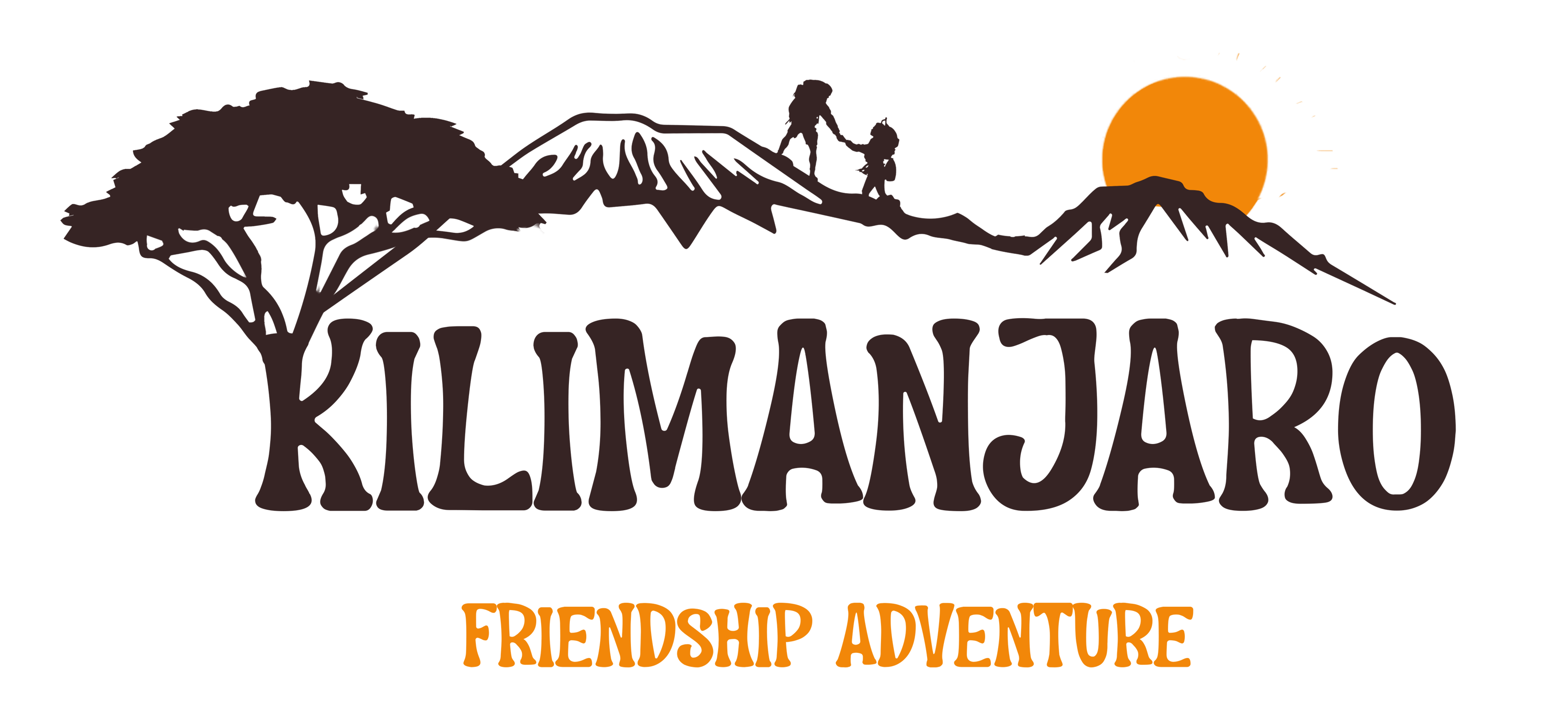Safety on Kilimanjaro – Our Top Priority
Mount Kilimanjaro, Africa’s highest peak at 19,341 ft, is part of the Seven Summits and falls into the “extreme altitude” category. Despite its non-technical nature, trekking at such high altitudes in a remote location can be hazardous. Each year, more than 1,000 climbers are evacuated due to altitude sickness and other complications, with some tragically never returning to their families.
Key Safety Factors on Kilimanjaro:
- Altitude Sickness: One of the biggest risks of climbing Kilimanjaro is altitude-related illness.
- Remote Location: The mountain’s remoteness can complicate rescue efforts.
- Experienced Guides: Having well-trained guides is essential for safety.
- Emergency Equipment: Preparedness with the right gear and emergency protocols.
- Robust Evacuation Procedures: Comprehensive plans are in place for emergencies.
How We Ensure Your Safety
Safety starts with awareness. Our climbers must fill out a detailed medical questionnaire. If you have any pre-existing conditions, we might ask for your doctor’s confirmation that you’re fit to climb. It’s crucial for your guide to know about any medications you’re taking, including Diamox (for altitude acclimatization).
Guide Training
All our guides undergo Wilderness First Responder training. This equips them with essential skills to manage medical emergencies in remote locations. In partnership with the Sentinel Outdoor Institute, we ensure our guides stay updated with the latest medical protocols.
Guide-to-Climber Ratio
We maintain a 1:2 ratio of guides to climbers. For every two climbers, there’s one trained mountain guide, ensuring that each climber is closely monitored for any signs of trouble.
Daily Health Checks & Monitoring
Our guides are trained to spot early signs of altitude sickness. Throughout the trek, your guide will monitor:
- Difficulty on the trail: Are you stumbling or struggling to keep up?
- Eating and hydration: Are you maintaining appetite and staying hydrated?
- Breathing: Are you struggling for breath?
- Any symptoms: Such as nausea, headaches, or confusion.
Each day, you’ll have a one-on-one meeting with your guide for a health check, using:
- Pulse oximeter: To monitor oxygen saturation and pulse rate.
- Lake Louise Scoring System: To assess symptoms and detect altitude sickness early.
Emergency Oxygen & Medical Supplies
We carry a comprehensive medical kit that includes:
- Bottled oxygen: For emergency use only.
- Portable stretcher: Provided by the National Park for evacuation if necessary.
If a climber shows severe signs of altitude sickness or injury, immediate descent is the only treatment. Oxygen can help alleviate symptoms, but descending to a lower altitude is essential.
Helicopter Evacuation
In case of severe emergency, we have access to search and rescue helicopters based in Moshi. They can airlift climbers to safety, but in adverse weather conditions, this might not be possible. In such cases, a manual evacuation using stretchers is arranged.
Other Important Safety Aspects
Your safety is a shared responsibility. Here are a few tips:
- Report any symptoms: If you experience symptoms like headache, nausea, or unusual fatigue, notify your guide immediately.
- Don’t push through: Ignoring early signs of altitude sickness can be dangerous. If necessary, your guide may recommend descending to avoid worsening symptoms.
- Watch out for others: If you notice a teammate struggling, inform your guide right away.
- Follow instructions: Always listen to your guide’s advice and instructions.
Equipment & Gear
Climbing Kilimanjaro takes you through five major climate zones. It’s crucial to have the right gear to stay safe, dry, and comfortable:
- Weather-resistant tents: Our tents can withstand torrential rain and harsh conditions.
- Comfortable dining tents: With proper seating and protection from the weather.
- Sanitary toilet facilities: Ensuring cleanliness and hygiene during the trek.
Essential Gear:
- Hiking boots: Proper boots are vital for ankle protection and stability on rocky terrain.
- Cold-weather clothing: For the freezing conditions near the summit.
- Rain gear: Without it, you risk getting wet and hypothermic.
- Sun protection: Avoid sunburn or sunstroke with proper hats, sunscreen, and sunglasses.
Hygiene, Food, and Water Safety
Maintaining hygiene is crucial as there are no showers on the mountain:
- Hand sanitizer: Bring and use it frequently, especially before meals.
- Safe food and water: We purify all drinking water, including water used for washing food, to avoid gastrointestinal issues.
- Private toilet tents: To maintain cleanliness and avoid public sanitation issues at the campsites.
Physical Preparation
Safety begins before you arrive:
- Medical check-up: Discuss any pre-existing conditions and medications with your doctor.
- Vaccinations: Ensure you have the recommended vaccines for Kilimanjaro and your travel areas.
- Diamox: Consult your doctor about using Diamox for altitude acclimatization.
- Travel insurance: It’s mandatory to have comprehensive coverage for emergencies.
In addition to medical preparations, a good level of physical fitness is essential. Kilimanjaro is a tough trek, requiring stamina to hike for multiple days over challenging terrain. Start your fitness program well in advance with our complete Kilimanjaro training guide.
Final Thoughts
Climbing Kilimanjaro is a challenging but achievable goal, and your safety is our top priority. We take every measure to ensure that you have the support and resources needed for a safe and successful climb. By properly preparing, communicating with your guides, and following safety protocols, you’ll be ready to conquer this iconic mountain with confidence.
If you have any questions or need further advice, feel free to reach out to us!
